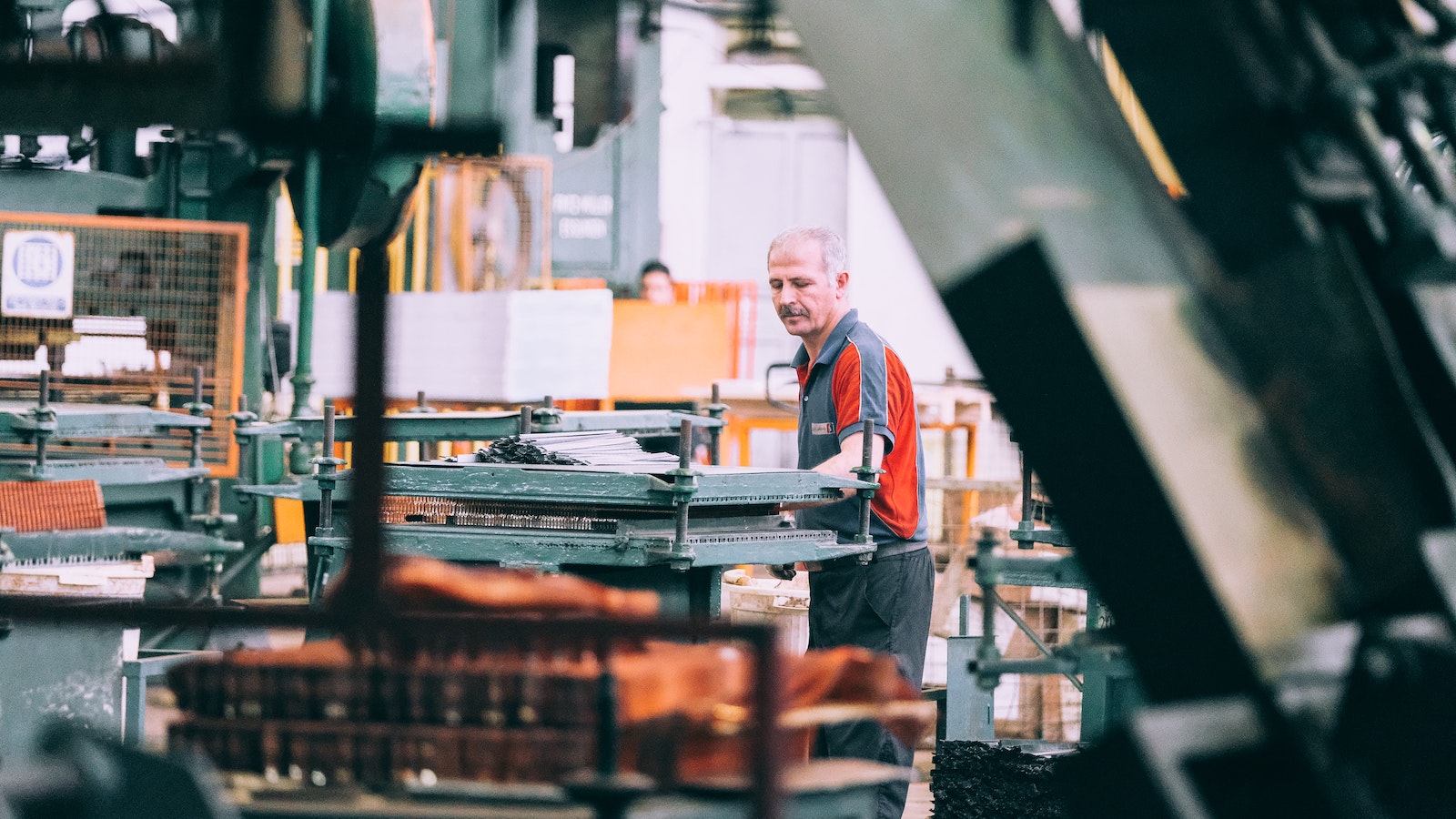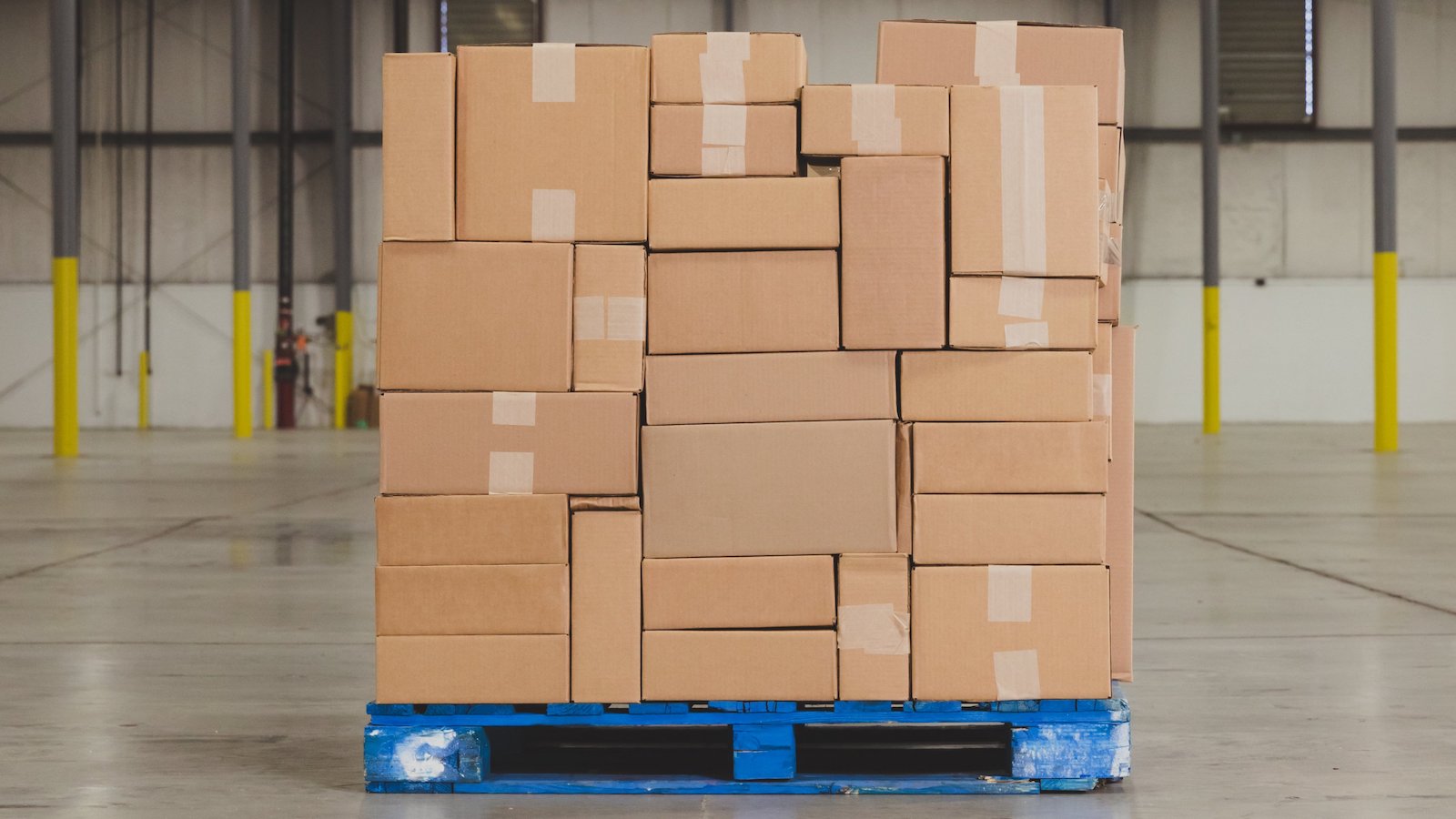Table of Contents
** Minutes
Disruptions in supply chains are making it harder to source materials for production
5 tips to maintain healthy levels of production inventory
Storing and tracking production inventory
Inventory management can feel like a juggling act at the best of times. But as the COVID-19 pandemic continues to wreak havoc on supply chains, one type of inventory is getting particularly difficult to manage: production inventory.
Unlike retailers and wholesalers selling finished products, DTC brands involved in the manufacturing of their products or that handle it themselves are struggling to manage their production process as delays and shortages continue.
But while there is no quick fix for global supply chain disruptions, there are best practices that brands can implement to position themselves to meet customer demands, even in these uncertain times.
In this article, you’ll learn what production inventory is, actionable tips for maintaining production inventory levels, and how inventory management software like ShipBob’s can help store and track inventory of all kinds to improve your overall supply chain management.
What would you like to learn?
Disruptions in supply chains are making it harder to source materials for production
5 tips to maintain healthy levels of production inventory
Storing and tracking production inventory
How ShipBob is enabling DTC brands to grow
What is production inventory?
Production inventory refers to the raw materials used in the manufacturing process.
These materials are combined to create work-in-process inventory, before becoming finished goods that are ready to be sold to customers.
For example, in a cheese manufacturing company, the levels of milk, rennet, and ‘starter culture’ of bacteria you have in the warehouse to produce cheese are all considered production inventory. Once these are combined during the cheese making process, they become work-in-process inventory. And once the cheese is ready for sale, it becomes finished goods.
Disruptions in supply chains are making it harder to source materials for production
For years, global supply chains have relied on the “just in time”, or JIT, supply chain model. While these finely-calibrated supply chains significantly reduce waste and cut back on expenses, the pandemic proved that one snag causes the entire supply chain to suffer.
Global labor gaps, international shipping delays, and increased acquisition cost of inventory all contributed to unprecedented raw material shortages. Suddenly, staples like semiconductors (used to make computer chips), poultry, and timber are widely unavailable.
As a result, DTC brands that rely on those raw materials to create their products are finding it harder than ever before to receive production inventory on time. This means that they ultimately cannot produce enough finished goods to satisfy customer demand, which in turn creates more shortages.
To help alleviate this cycle, ecommerce businesses must focus on building supply chain resilience through optimal production inventory management.
“There are always going to be unexpected problems or hiccups with any type of product you’re selling online. Having a dedicated account manager at ShipBob is definitely key. We have easy access to make sure the problem is managed and taken care of with a very respectable turnaround. They’re a partner with you.
We’ve been very happy with ShipBob over the last few years, and we look forward to continuing to grow the partnership and see where the next 3 years go.”
Matt Dryfhout, Founder & CEO of BAKblade
5 tips to maintain healthy levels of production inventory
Despite current supply chain disruptions, there are steps that ecommerce brands can take to avoid ending up with too little or too much production inventory.
Here are some actionable tips to help you optimize production inventory levels at all times.
1. Forecast product demand to plan for surges
Forecasting demand based on historical data may not enable you to predict the future exactly, but it is much more effective than guesswork.
By tracking and analyzing your business’s past sales trends and inventory movement patterns, you will have a more accurate sense of the amount of inventory you will need for certain periods or seasons. This helps prevent stockouts and overstocking the wrong items.
Be sure to track critical metrics such as seasonal trends, order volumes, and inventory turnover rate to get the most accurate future forecasts. Some inventory management systems like ShipBob’s dashboard will automatically track metrics for you, and provide tools to help you analyze them.
2. Set reorder points based on lead time
When there are supply chain delays, reordering production inventory when you normally might not cut it. Instead, you’ll probably want to recalculate reorder points that account for longer lead times.
Use this ROP formula to calculate optimal reorder points and safety stock levels for your raw materials, so that you don’t run out of finished product because of supply chain delays.
To make timing replenishment easier, many businesses implement inventory management systems that provide real-time inventory tracking capabilities.
Visibility into inventory levels at a glance and automatic reorder notifications enable you to react right away, which could be the difference between receiving production inventory on time or receiving it too late.
3. Regularly inspect your inventory
Conduct regular inventory audits to get rid of deadstock and make room for production inventory that is usable.
This is especially important if a business’s raw materials inventory includes perishable items. Ridding your shelves of excess inventory reduces holding costs, which frees up capital to offset increased production costs.
4. Work on your relationships with existing suppliers
Maintaining a good relationship with your existing suppliers is the best way to cut costs and production lead times.
To get your suppliers and distributors more attuned to your production inventory needs, keep lines of communication with suppliers open. Respectfully voice any required changes needed to improve performance, and hold up your end of the agreement by settling bills promptly.
While their hands might be tied, an excellent relationship may also lead them to make exceptions for your business on occasion. In this way, your business could secure expedited shipping or even get discounted rates on production inventory.
5. Explore new suppliers to use in case of supply disruptions
If supply chain disruptions put your supplier out of commission, you don’t want to be left without options. Establishing relationships with multiple suppliers increases the likelihood that you’ll receive production inventory on time, even in an emergency.
When researching alternate suppliers, choose backups that are quality-focused, flexible, and scalable, and that have the supply chain agility to take over from your primary supplier at any time.
This will prevent your supply chain from grinding to a halt because of a single partner, and minimize manufacturing disruptions.
Storing and tracking production inventory
To stay on top of production inventory storage and tracking, more and more brands are abandoning logs, spreadsheets, and manual processes in favor of modern inventory management systems.
With the help of software programs, businesses can keep information about individual SKUs, lot numbers, expiration dates, and storage locations in one easily accessible place.
These programs will also automatically track production inventory as it moves through the supply chain, which increases inventory control and visibility.
By digitizing and automating storage and tracking functions, inventory management systems reduce human error, automate processes to increase efficiency, and ultimately save business owners time and effort.
“We have a Shopify store but do not use Shopify to track inventory. In terms of tracking inventory, we use ShipBob for everything — to be able to track each bottle of perfume, what we have left, and what we’ve shipped, while getting a lot more information on each order. The analytics are super helpful.
We download Excel files from the ShipBob dashboard all the time and use them to analyze everything from cancellations, to examining order weights, to checking on whether ShipBob is shipping orders on time. Even the way their warehouse receiving orders (WROs) work for sending inventory is very straightforward.”
Ines Guien, Vice President of Operations at Dossier
How ShipBob is enabling DTC brands to grow
ShipBob provides small businesses and growing brands with the tools they need to manage their finished goods inventory effectively — even during supply chain crises.
ShipBob’s merchant dashboard provides businesses with a variety of inventory management capabilities, including:
- Direct synching with major ecommerce platforms for seamless information transfer
- Real-time inventory counts and updates
- Automatic reorder alerts that help merchants time purchase orders correctly
- Data tracking to facilitate more accurate demand forecasts
- Analytics tools designed to discover inventory trends and retrieve insights
- Ideal inventory distribution analysis that merchants can use to optimally distribute inventory across strategic fulfillment locations
Best of all, ShipBob enables merchants to completely outsource the storage and fulfillment process, freeing up your space, your time, and your energy to grow your business in other ways.
Production inventory FAQs
Here are answers to the most common questions about production inventory.
How do you manage production inventory?
To manage production inventory, try forecasting demand, setting reorder points based on lead time, nurturing relationships with primary and backup suppliers, and implementing an inventory management system for storing and tracking inventory.
What is the difference between production and finished goods inventory?
Production inventory consists of the raw materials or supplies used in manufacturing to produce the finished goods. Finished goods are the inventory items that are ready for sale and shipment to customers.
For example, a clothing company would categorize the cloth, threads, and printing ink as production inventory, while the ready-to-sell T-shirts are the finished products.
What is the difference between inventory and stock?
In most cases, inventory and stock refer to the same thing and can be used interchangeably. Both describe a company’s manufacturing materials, semi-completed units, and finished goods to be sold.
How to account for production inventory?
Production inventory accounting methods vary from brand to brand. Production inventory value will depend on whether your business uses the FIFO or LIFO approach when calculating Cost of Goods Sold (COGS) on your company’s balance sheet.



